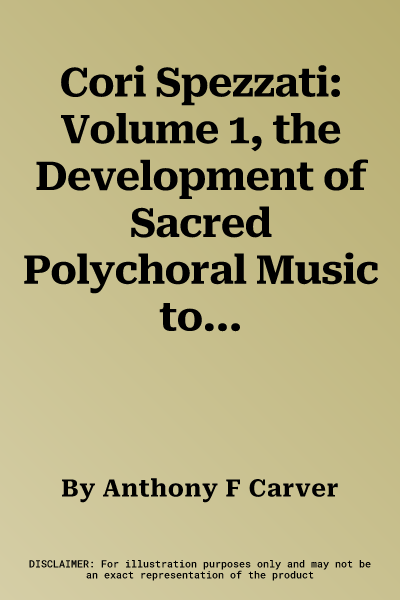Cori Spezzati deals with polychoral church music from its beginnings in
the first few decades of the sixteenth century to its climax in the work
of Giovanni Gabrieli and Heinrich Schutz. In polychoral music the
singers, sometimes with instrumentalists also, were split into two (or
more) groups that often engaged in lively dialogue and joined in
majestic tutti climaxes. The book draws on contemporary descriptions of
the idiom, especially from the writings of Vicentino and Zarlino, but
concentrates in the main on musical analysis, showing how antiphonal
chanting (such as that of the psalms), dialogue and canon influenced the
phenomenon. Polychoral music has often been considered synonymous not
only with Venetian music, but with impressive pomp. Anthony Carver's
study shows that it was cultivated by many composers outside Venice - in
Rome, all over northern Italy, in Catholic and Protestant areas of
Germany, in Spain and the New World - and that it was as capable of
quiet devotion or mannerist expressionism as of outgoing pomp. Perhaps
most important, music by several major composers about which there is
still surprisingly little in the literature is treated in depth: the
Gabrielis, Lasso, Palestrina, Victoria, and several German masters. The
book is illustrated with many musical examples. A companion volume
offers an anthology of seventeen complete pieces, most of which are
analysed in the text of Volume I.

